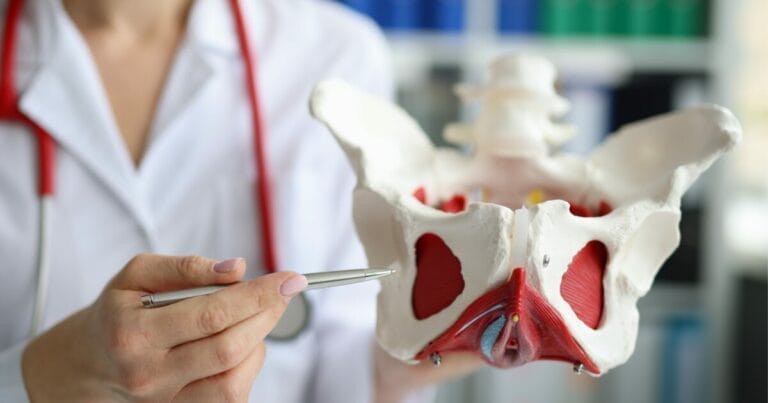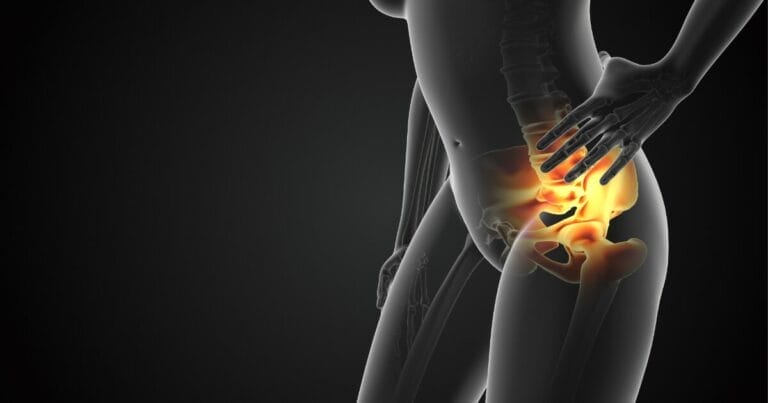12 Smart Eating Habits for Stronger Pelvic Muscles
The integrity of pelvic floor muscles is a cornerstone of physical health that supports a range of vital functions, from continence to sexual well-being. Yet, the conversation around their fortification often gravitates exclusively towards exercise, overlooking a fundamental component: nutrition. In the pursuit of enhancing pelvic muscle strength, the symbiosis between diet and musculature cannot…










